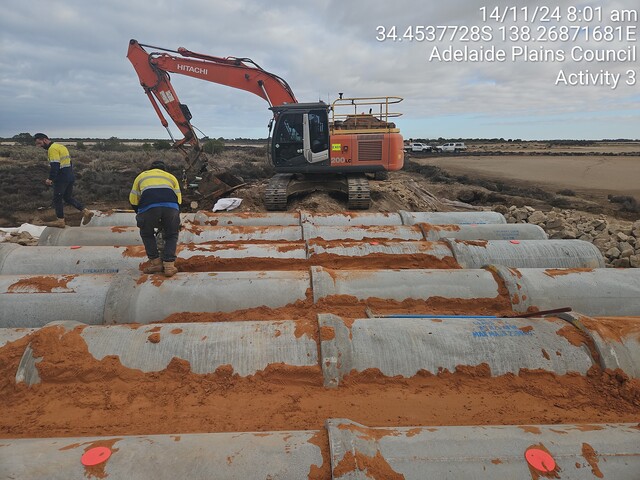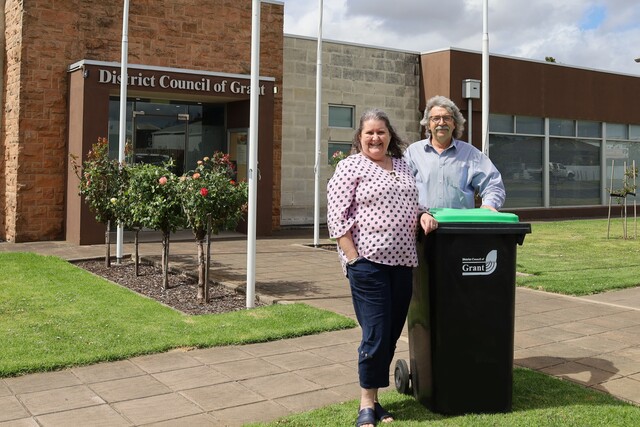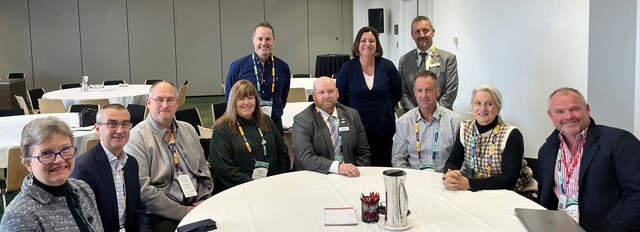The Current Methodology for the Calculation of Grants for the 68 Local Governing bodies in the Northern Territory has been heavily scrutinised, and has not been reviewed for 10 – 15 years.
The total renewal of the funding methodology has been long overdue and would involve a great amount of research. One of the first steps to create a new methodology is currently in the making. The Department of Local Government, more than any other department, recognises the importance of a review of the current and outdated funding methodology.
One of the major factors in the calculations of Grants for Councils, particularly in the Northern Territory, are disability factors relating to isolation and ‘remoteness’. Experts in the area of assessing remote and rural levels, have criticised current methodologies, and have clearly expressed the need for new ones.
The Australian Bureau of Statistics has a rather complex procedure involving the methodology named ARIA (Accessibility/Remoteness Index of Australia). This has been useful in some states, however is far away from being of use in the Northern Territory due to our low populated communities and large distances.
Therefore, a research project is currently being conducted. This involves the compilation of a Spatial and a Cost Index that is intended to be included in the methodology used in the calculations of grants for Local Governing bodies in the Northern Territory. These new indexes, if proven more accurate than the current indexes, will replace the current Isolation Administration and Isolation Works disability factors of cost adjusters.
Within the Spatial Index, spatial and accessibility data has been analysed. More Specifically this included distances between Governing bodies and major regional service centres identified within each region. Accessibility was assessed by identifying road types, that is, whether they are sealed, gravel or flat bladed track.
Considerations were made in the process of the division of the indexes. This included those communities that were disadvantaged geographically for other reasons that were accounted for to make it a more level assessment.
Once this information was collated, a formula was created that used the distance variable, the average distance as well as the accessibility variable. The resulting values were then scaled back to a relative index which ranged from 0.0 (Darwin) to 3.16 (Umbakumba). This can be interpreted as, Umbakumba being 3.16 times more spatially disadvantaged than Darwin.
All Local Governing bodies in the Northern Territory have received an index value similar to this.
The cost index is still in the process of being researched. Freight costs are the main variable used in the compilation of this particular index.Transport companies have been the main source of information for the compilation of the Cost Index, so far.
These companies have supplied valuable information about barge, road and air freight costs to remote communities from larger centres.
The cost index will be calculated in a similar way to the spatial index, and will be completed in the near future. This study maybe the first step to a revised Grants Methodology, through further research and calculations being a necessity.
The Northern Territory seems to be disadvantaged in that methodologies and models utilised in other States and Territories of Australia do not fit into the Northern Territory’s large distances and low populations.
This then leaves the door open for the construction of a completely new methodology for use of the Northern Territory Grants Commission that, most importantly, meets the Territory’s needs.
For further information contact Benieka Lythgo, telephone (08) 8999 8477 or email benieka.lythgo@nt.gov.au







